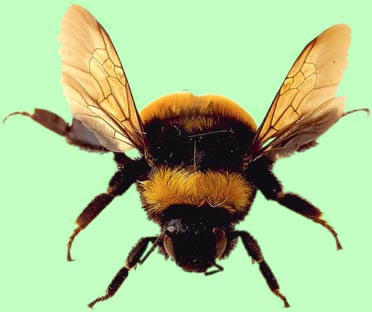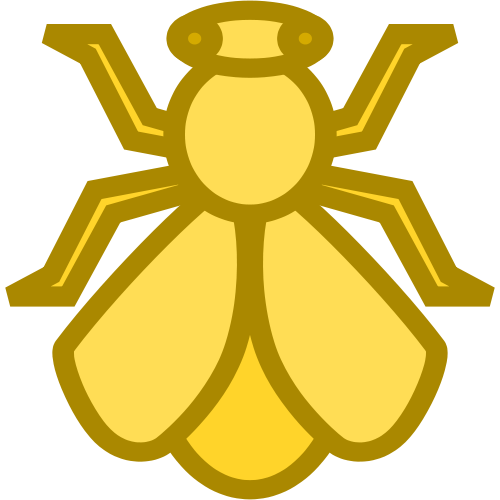Honey Bee Agression
Biology 342 Fall 2012
Tess Myers

Honey Bee aggression
As honey gatherers have known for ages, honey bee colonies respond aggressively when attacked or otherwise disturbed. Interestingly, there is a wide range of intensity in this response, varying between different colonies and type of bee.
The aggressive response tends to fluctuate within the bee population, rather than within an individual bee. In relatively docile colonies, a small percentage will respond aggressively, whereas in a more aggressive colony a larger force will be elicited.
Colony defense begins when ‘‘guard’’ bees detect a disturbance at the hive entrance and release alarm pheromone, which alerts the entire colony. Common sources of attack stimulus for honeybees include alarm pheromone, vibrations, carbon dioxide, hair, and dark colors (Crane 1990).
When examining agressive and defensive bee behavior, it is useful to ask what are known as Tinbergen's four questions. These, generally speaking, ask the why and the how of this behavior, both within an evolutionary context, and also within the current time of the behavior. Therefore, our four questions are this:
1. Why did bee agression develop to be what it is now? This is known as the question of Phylogeny.
2. What influences change how agressive behavior develops in different individuals and colonies? This is known as the question of Ontogeny.
3. How are bees agressive? Through what mechanisms do they carry out this behavior? This is known as the question of Mechanism.
4. What adaptive value does agressive behavior have? This is known as the question of Adaptive Value.
Please explore the site to find out the answers to our questions!

